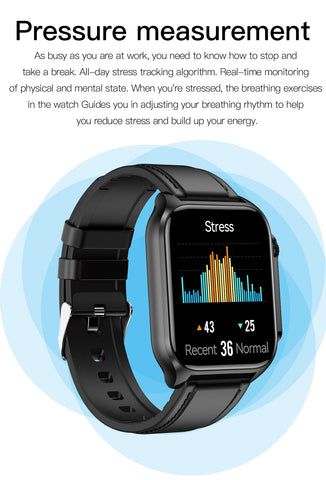The Science and Strategies of Body Recomposition
Body recomposition is a popular fitness goal that involves simultaneously reducing body fat and increasing lean muscle mass. Unlike traditional weight loss, which focuses solely on shedding pounds, body recomposition aims for a healthier, more toned physique. This holistic approach not only enhances physical appearance but also improves overall health and metabolic function.
What is Body Recomposition
Body recomposition is a process where the body loses fat and gains muscle at the same time. This concept might seem challenging because it requires a delicate balance of nutrition, exercise, and recovery. However, with the right strategies, it is achievable for both beginners and advanced fitness enthusiasts.

The Role of Diet: Eating for Recomposition
Diet plays a crucial role in body recomposition. To lose fat, a calorie deficit is essential, meaning you consume fewer calories than you burn. However, to gain muscle, you need adequate protein intake and sometimes a calorie surplus. Balancing these conflicting requirements is the key challenge in body recomposition.
-
Protein Intake: Protein is vital for muscle repair and growth. Aim for a daily intake of 1.6 to 2.2 grams of protein per kilogram of body weight. High-protein foods like lean meats, fish, eggs, dairy, legumes, and protein supplements should be staples in your diet.
-
Calorie Cycling: Alternating between periods of calorie deficit and surplus can help. On training days, consume a slight calorie surplus to fuel muscle growth, and on rest days, maintain a calorie deficit to promote fat loss.
-
Macronutrient Balance: Focus on a balanced diet with the right proportions of protein, carbohydrates, and fats. Carbohydrates provide energy for workouts, while healthy fats support hormone production and overall health.
Training for Recomposition: The Right Exercise Mix
Exercise is the other half of the body recomposition equation. A combination of resistance training and cardiovascular exercise is essential.
-
Resistance Training: Lifting weights or performing bodyweight exercises helps build muscle. Focus on compound movements like squats, deadlifts, bench presses, and rows, which work for multiple muscle groups and promote overall strength.
-
Progressive Overload: Continuously challenge your muscles by gradually increasing the weight, reps, or intensity of your workouts. This progressive overload stimulates muscle growth and adaptation.
-
Cardiovascular Exercise: Incorporate cardio to aid fat loss. High-intensity interval training (HIIT) is particularly effective as it burns a significant number of calories in a short period and boosts metabolism.

Recovery: The Unsung Hero of Body Recomposition
Recovery is crucial for muscle growth and fat loss. Without adequate rest, your body cannot repair and build muscle effectively, and you risk overtraining, which can hinder progress.
-
Sleep: Aim for 7-9 hours of quality sleep per night. Sleep is when most muscle repair and growth occur, and insufficient sleep can lead to increased fat retention and decreased muscle mass.
-
Rest Days: Incorporate rest days into your workout routine to allow your muscles to recover. Active recovery activities like light walking or yoga can help maintain movement without straining your muscles.
-
Stress Management: High stress levels can lead to increased cortisol, a hormone that promotes fat storage, particularly around the abdomen. Practice stress management techniques like meditation, deep breathing, and regular exercise.
Monitoring Progress and Adjusting Strategies
Regularly tracking your progress is essential for body recomposition. Use a combination of methods to assess changes in body composition:
-
Body Measurements: Track your waist, hip, chest, arms, and leg measurements to monitor changes in muscle size and fat loss.
-
Progress Photos: Take regular photos to visually track your progress. Changes in body composition are often more noticeable in pictures than on the scale.
-
Body Fat Percentage: Use tools like calipers, bioelectrical impedance scales, or DEXA scans to measure body fat percentage.
Adjust your diet and exercise routine based on your progress. If you’re not seeing the desired results, consider consulting a fitness professional or nutritionist for personalized advice.
Conclusion
Body recomposition is a rewarding but challenging journey that requires a strategic balance of diet, exercise, and recovery. By focusing on these key elements and consistently tracking your progress, you can achieve a leaner, more muscular physique while improving your overall health. Remember, patience and persistence are vital—body recomposition is a marathon, not a sprint.









